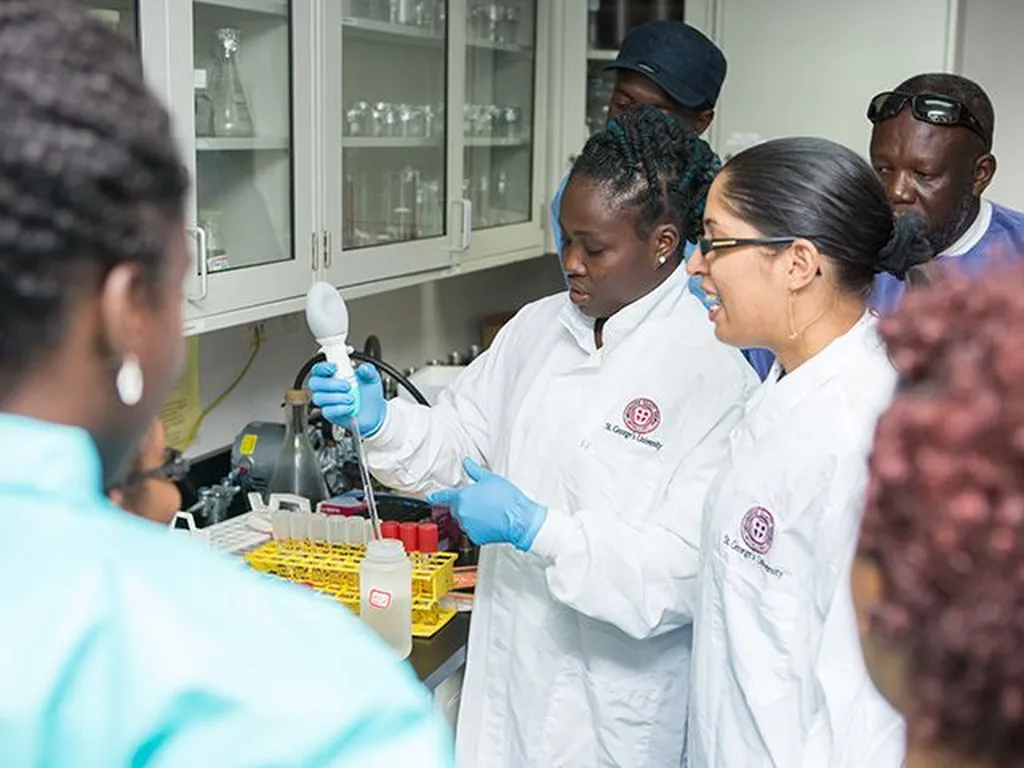In the vast expanse of our oceans, keeping tabs on every vessel is no small feat. While Synthetic Aperture Radar (SAR) has long been a go-to tool for maritime monitoring, detecting small fishing vessels has been a persistent challenge. But a recent study, led by Dae-Woon Shin from the Sea Power Reinforcement and Security Research Department at the Korea Institute of Ocean Science and Technology in Busan, is changing the game.
Shin and his team have developed a novel polarimetric fusion method that significantly enhances the detection of small fishing vessels using Sentinel-1 Single Look Complex images. The method combines VH and VV polarization channels to minimize radio frequency interference and azimuth smearing, which are common issues in SAR imagery. By generating a reflection symmetry image and comparing it with the fused image, the team can pinpoint potential small ships.
The results are promising. Using 14 scenes from 2021 to 2023, the method achieved an average probability of detection rate of 0.84 and a false alarm rate of 0.29. “The difference between sym and fusVH was less than 7.2 (dB) and sym was greater than −18.03 (dB), the maximum values of sym and fusVH were used to enhance the pixels of potential small ships,” Shin explained.
So, what does this mean for the maritime industry? Accurate detection of small fishing vessels is crucial for various applications, from fisheries management to search and rescue operations. For instance, fisheries management agencies can use this technology to monitor fishing activities, ensuring sustainable practices and preventing illegal fishing. Additionally, coast guards and search and rescue teams can leverage this method to quickly locate small vessels in distress.
Moreover, the commercial implications are substantial. Shipping companies can use this technology to avoid collisions with small fishing vessels, reducing the risk of accidents and subsequent insurance claims. Port authorities can also use it to manage traffic more effectively, especially in congested areas.
The study, published in the IEEE Journal of Selected Topics in Applied Earth Observations and Remote Sensing (translated to English as the IEEE Journal of Selected Topics in Applied Earth Observations and Remote Sensing), opens up new avenues for maritime monitoring. As Shin puts it, “Using both sym and fusVH, small fishing vessels can be separated from merchant ships, which can be easily detected using fusVH images.”
In the ever-evolving maritime landscape, this research is a beacon of progress, offering enhanced capabilities for monitoring and managing our oceans. It’s a testament to the power of innovation in addressing real-world challenges, paving the way for a safer and more sustainable maritime future.

